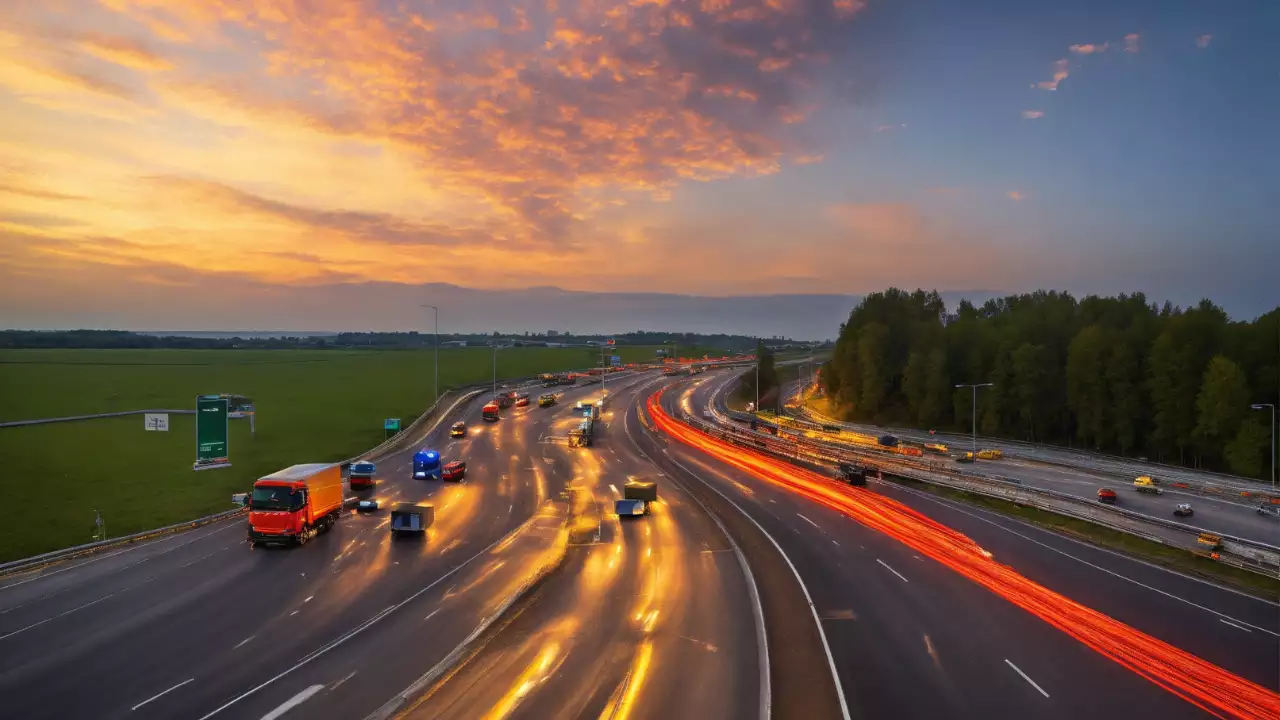
As per govt statistics, nearly 44% of the road crashes and fatalities in India involve two-wheelers. Similarly, around 17% of road crashes and 19% fatalities involve pedestrians. Pedestrians, cyclists and two-wheeler riders are categorised as vulnerable road users (VRUs) and over half of the people killed on road fall under this category.
TOI has learnt that the road transport ministry has circulated a consultation paper titled ‘SAFE’ for making strategies to reduce road crashes and deaths, which focus on the VRUs. In fact, Malaysia, which also has a high share of two-wheelers in the total number of vehicles like India, has started developing dedicated corridors for such vehicles along highways for segregation of traffic.
Besides these interventions, the ministry has proposed inclusion of road safety in school curriculum and annual road safety workshops considering that over 50% victims of road fatalities are youth (less than 35 years).
As per the proposal, the scheme aims to achieve 70% reduction in accidents and fatalities in terms of 10,000 vehicles and 50% reduction in terms of 10,000 km of road length. It parallelly seeks to enhance institutional capabilities, policy frameworks, and financial structures, The implementation of the interventions will be precise and measurable, sources said.
The proposed programme has been conceptualised as a centrally-sponsored scheme (CSS), with an expenditure of INR 14,000 crore, which will be funded through central and state budgetary resources. While Centre will bear INR 9,948 crore, the remaining INR 4,053 crore will be borne by states and UTs.
The scheme will have a three-fold approach — mandatory initiatives; target-linked Initiatives; and state road safety ranking interventions under each initiative. These have been designed to enable states and UTs to prioritise critical issues, promote best practices at the grass root level and assign responsibility and accountability among states and UTs.
The mandatory road safety interventions with phased targets will be measured annually along key outputs. The target-linked incentives will be provided to states and UTs based on achievement of annual targets given for identified road safety interventions. The states and UTs will be ranked on the basis of reduction in road crashes, fatalities, and injuries every year.
Disclaimer: The copyright of this article belongs to the original author. Reposting this article is solely for the purpose of information dissemination and does not constitute any investment advice. If there is any infringement, please contact us immediately. We will make corrections or deletions as necessary. Thank you.





